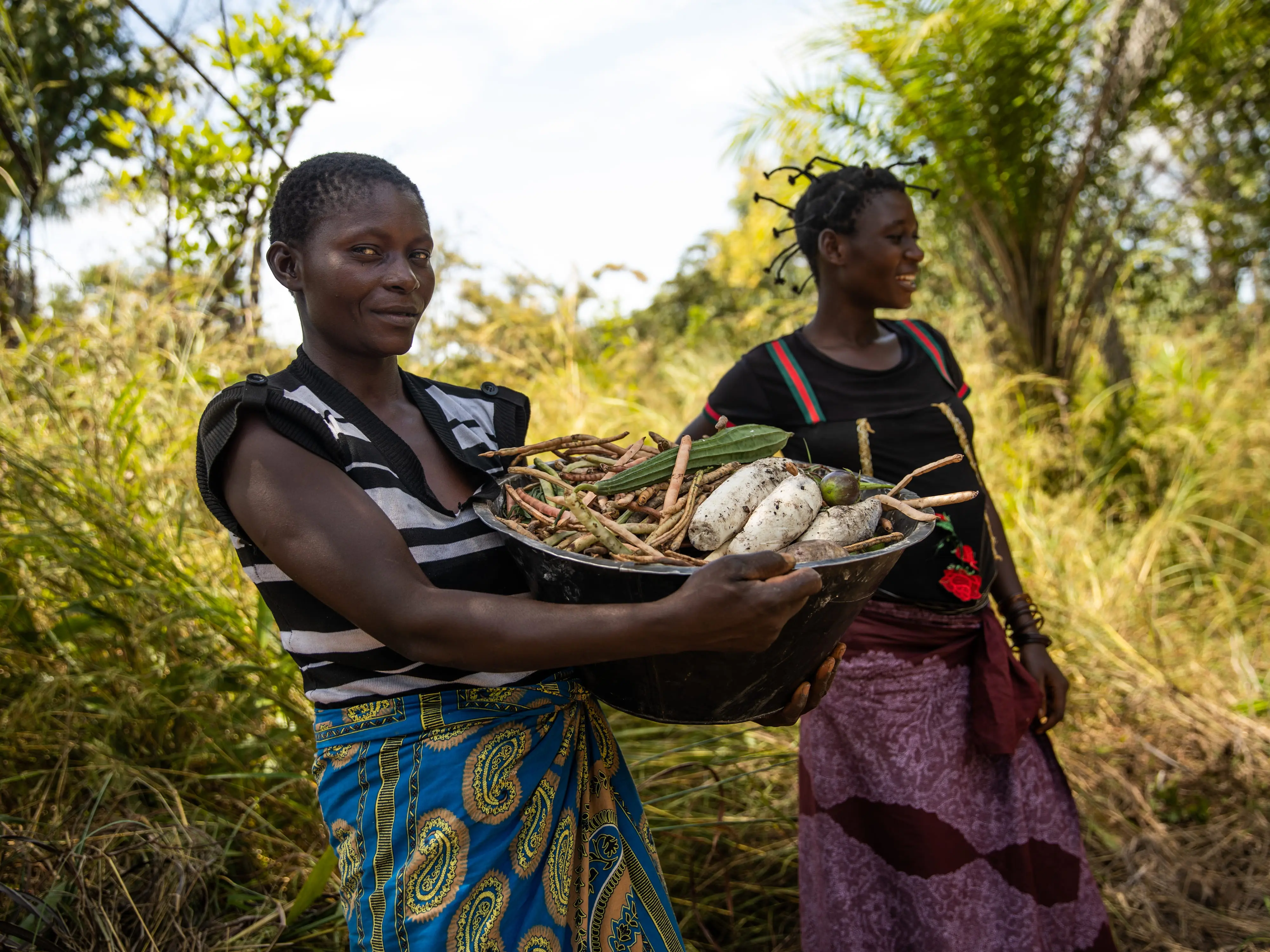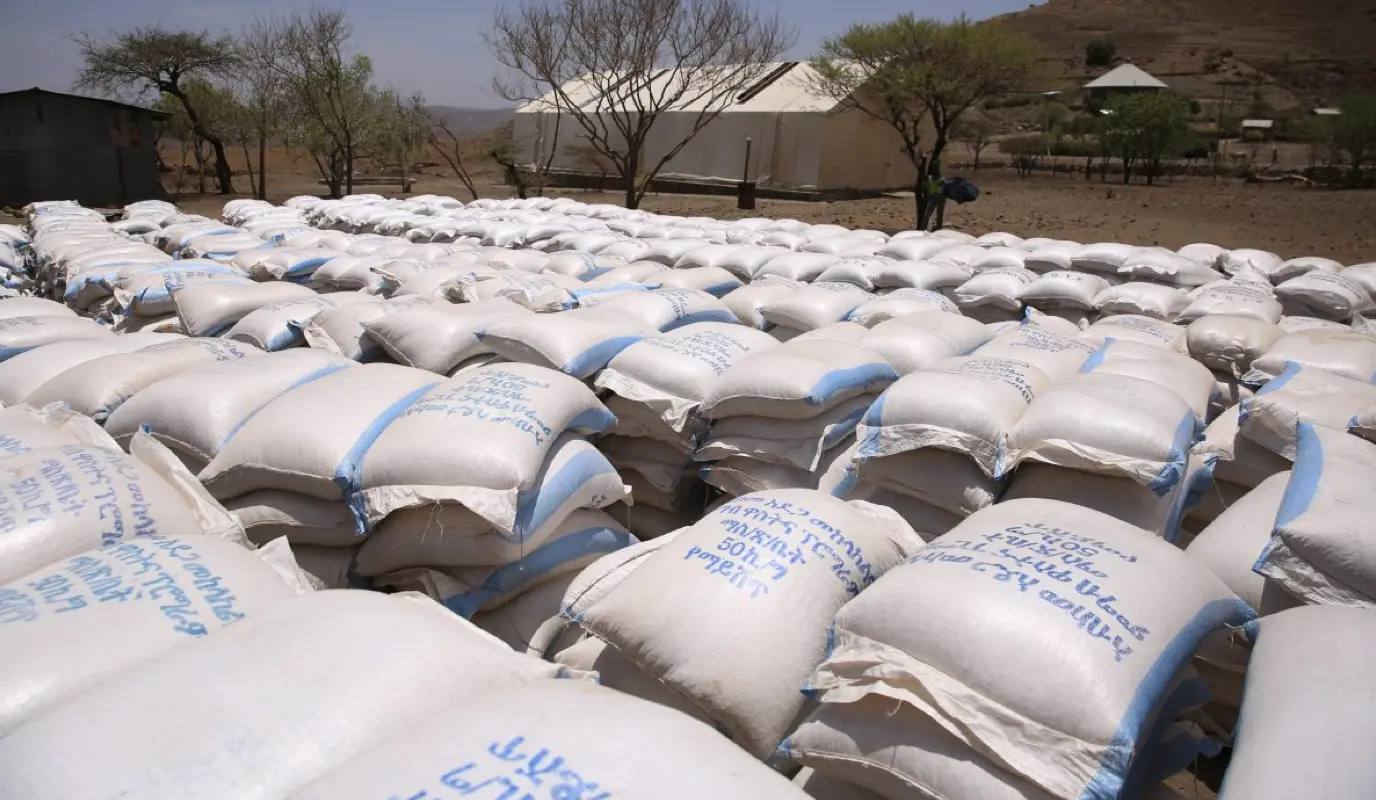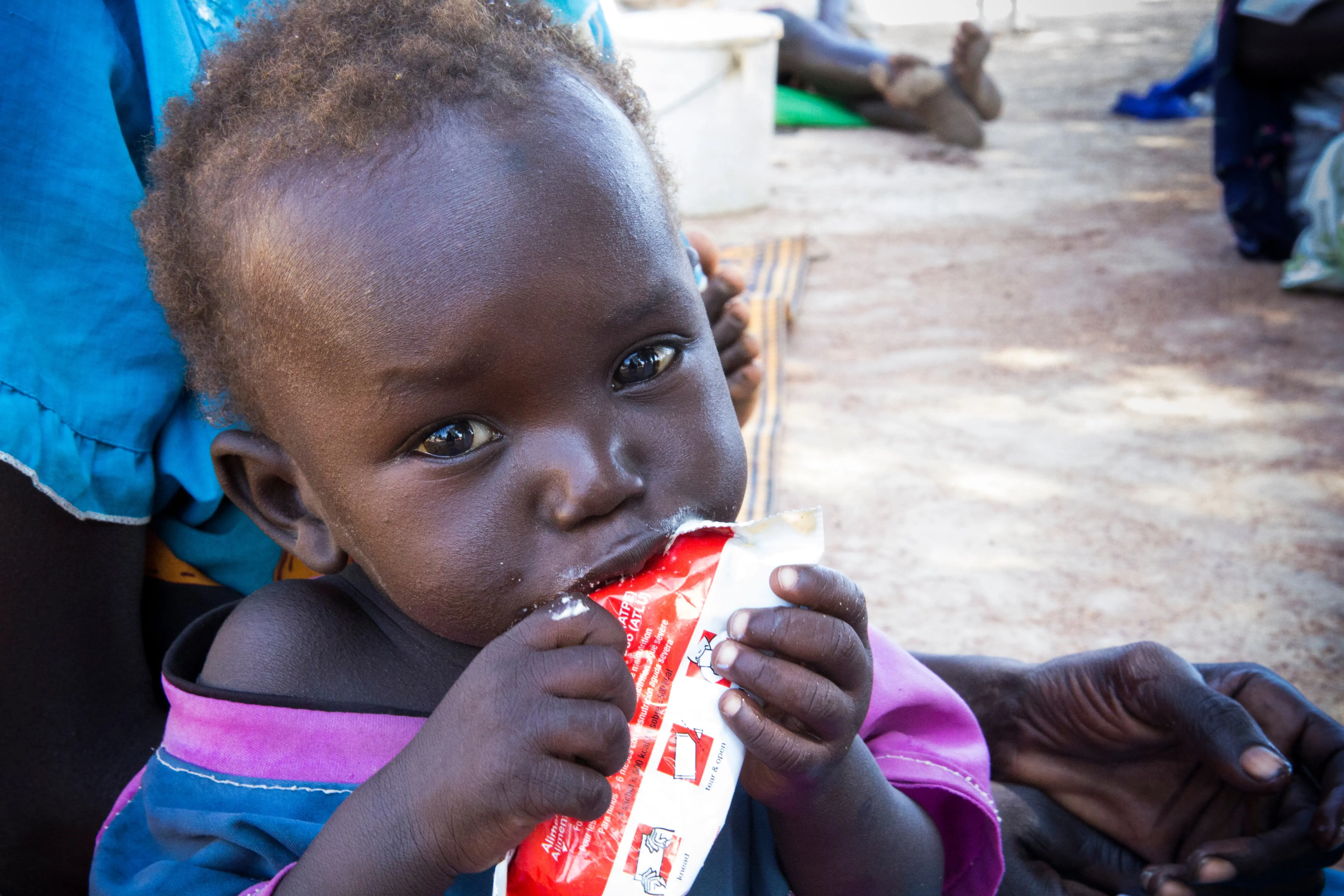News
Climate Smart Agriculture: Back to the basics to fight climate change and hunger
Not all solutions need to be high-tech. Going back to the basics in agriculture is transforming bare fields into bountiful harvests. Here’s how.
Read MoreA combination of conflict, the climate crisis, and the ripple effects of COVID-19 have left the world losing progress in the fight for Zero Hunger. That doesn’t mean that all hope is lost, however. There are many solutions to world hunger that, taken together with political and collective action, can lead to lasting change. Many of these solutions attack hunger — along with poverty — at its root causes. But with one in nine people around the world going to bed hungry each night and 23% of the world’s countries experiencing food security crises, those solutions need a lot of support to work at scale.
So, how much will it cost to end world hunger?
In May of this year, the World Bank announced a $30 billion plan to address the global hunger crisis, an amount that would fund both new and existing projects that address the causes of hunger around the world. This includes funding projects like:

This isn’t the end of the math, however. That $30 billion pledge is designed to last for just 15 months and only addresses four key priorities:
The World Bank’s investment is one figure that could help to end hunger. In 2020, Germany’s Center for Development Research (ZEF) estimated that, in order to help 500 million people beat hunger and malnutrition by 2030, G7 governments would need to increase their investments by somewhere between $11 and $14 billion per year over the next ten years. That would add up to a total of $39 to $50 billion per country per year for ten years. For simplicity’s sake, if each of the G7 governments pledged the full $50 billion per year, that would total $3.5 trillion.
Last fall, the World Food Program proposed another number: $6 billion to create “global food stability.” You may remember this number after Elon Musk questioned its legitimacy, prompting a social media debate with the UN organization.

Arif Husain, the WFP’s Chief Economist, went over this figure with Devex in November of 2021: The average cost to provide one meal for one person is $0.43. Multiply that by 42 million — the number of people facing famine-levels of food insecurity — and 365 days in a year, and you get approximately $6.6 billion. This does, however, only account for one meal per day and just one year of support for those facing the direst levels of hunger.
So let’s do our own back-of-the-napkin math, assuming that there are 815 million people currently experiencing hunger (one of the higher estimates for 2022, based on World Bank calculations). The cost of $0.43 per meal multiplied by a recommended three meals per day, that would mean $1.29 per person per day. For 815 million people, that’s $1,051,350,000 — per day. In a year, that would be $383,742,750,000.
The cost of feeding the hungry is just one of the costs associated with ending hunger.
Would we need all of that $383 billion? Probably not. Not everyone currently experiencing hunger will need all of their meals fully supplemented for a year. However, the cost of feeding the hungry is just one of the costs associated with ending hunger.
Even if Musk had donated $6.6 billion to the WFP last year, Concern’s Policy and Advocacy Manager, Makayla Palazzo, offers a caveat: “They’d just be hungry again once the aid ran out.”
The costs of ending world hunger don’t stop at feeding people at risk of starvation. As mentioned above, the real solutions to hunger are those that address its root causes — which vary depending on the circumstances of a country, region, community, or even individual people. With the right intervention, many of the 815 million people experiencing food insecurity today wouldn’t need a full year of food rations.

This is where many of Concern’s programs that address hunger come in. It’s important to treat the immediate emergency — whether it’s providing food rations to refugees or a course of Plumpy’Nut to a child diagnosed with severe acute malnutrition. However, the stronger investment for long-term, sustainable hunger solutions are along the lines of what the World Bank is currently supporting with its $30 billion pledge. Some of these activities for Concern include:
Climate Smart Agriculture (CSA) helps farmers, regardless of the size of their land, adapt to the impacts of climate change in communities most affected by the crisis. This includes introducing new techniques around soil and water management, irrigation, and post-harvest management, as well as improving and diversifying harvests with climate-resilient crops.
A crucial part of our work is protecting people, their livelihoods and their assets from the disasters that are likely to affect them. Disaster risk reduction strategies can range from having evacuation procedures in place for areas prone to cyclones to infrastructural measures such retaining walls in flood prone areas or natural resource management such as reforestation in areas prone to extreme climate conditions.
The Graduation model is a proven approach to ending poverty that allows families to sustainably break the cycle of poverty through developing their own practical and business skills and, with the help of cash grants and village savings and loans associations (VSLAs), financing a small business. This sets families up with livelihoods that they can continue throughout their lives, thereby developing a reliable source of income that they can use to put food on the table. Variations on the Graduation programme have helped to fight both poverty and hunger in communities, and, in a recent project in Kenya, eliminated the need for food aid in one region for the first time in over a decade.
Social welfare systems have proved to be hugely effective social supports. But for many of the world’s most vulnerable communities, there is no such social safety net in times of crisis. We aim to provide this support through our cash transfer program in countries like Somalia.
These initiatives often cost more than the price of food aid packages, but lead to higher impact in terms of people reached and the longevity of the solutions.
Ultimately, as Palazzo points out, “hunger is caused by bad policies and conflict. Unless those are addressed, it won’t ever end.”
While there are many solutions we can use to address the global hunger crisis in both the short- and long-term, none of these will be permanent if government policies aren’t addressed and conflicts are peacefully resolved and complemented by a strong reconstruction process.
“Hunger is caused by bad policies and conflict. Unless those are addressed, it won’t ever end.”
Policies that need to be addressed include those relating to climate justice, social welfare and protection (especially in the wake of the pandemic), gender equality, and international trade and imports/exports. But the cost of conflict will be the toughest to address — or even calculate, for that matter. This would require peace negotiations, and then the policies and international support to help with reconstruction, including the repatriation of some 30 million refugees and ensuring that conflicts don’t break out in response to the terms of peace treaties.

Yes, absolutely. There is likely no one price tag that will solve global hunger. It’s an issue that is so inextricably linked with other issues, as we’ve seen with COVID-19. Unfortunately, as we’ve seen this year, we’re also further from peace halfway through 2022 than we were at the beginning of the year.
In the meantime, your individual donations to Concern work together to change the lives of tens of millions of people each year. Last year alone, we reached 39 million people in 24 countries with programmes that address both hunger directly and many of its causes.
The majority of people Concern works with are involved in some way with farming and food production. Many of these communities are also on the frontlines of climate change. We work with rural communities to promote Climate Smart Agriculture, an approach that helps families adapt to better crops, growing techniques, and soil improvement practices in response to the changing — and often unpredictable — environment. We also work to strengthen links with the private sector to facilitate access to supplies and equipment.
We combine this with our award-winning and standard-setting program, Community Management of Acute Malnutrition (CMAM), which has saved millions of lives over the past 20 years. We’ve continued to work with partners and communities to find more tailored approaches to community-based treatment of childhood malnutrition, which has led to CMAM Surge: a way of proactively responding to malnutrition during seasonal “surge” periods throughout the year. Two CMAM Surge pilot tests in Kenya in 2012 saw that the model managed peaks, without undermining other health and nutrition efforts.
Supporting Concern means that $0.93 of every dollar donated goes to our life-saving work in 25 countries around the world. Last year, we were able to reach over 11.4 million people with our health and nutrition initiatives.